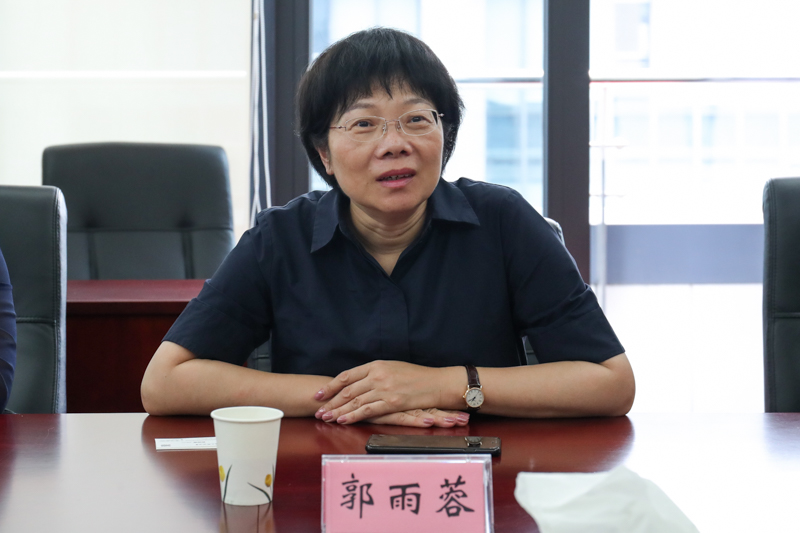Southern University of Science and Technology (SUSTech) Council Chairperson Guo Yurong led a delegation to the Shenzhen History Office last week for research and discussions with Director Yan Lixun of the Shenzhen Municipal History Office. They were joined by the Heads of the Party and Government Office, as well as SUSTech’s Office of Communications and Public Relations, and other relevant senior government officials.

At the meeting, Guo Yurong introduced the developments of SUSTech to the Shenzhen History Office. She hoped that by showing what SUSTech had achieved, people would have a better understanding of Shenzhen’s development through China’s process of reform and opening-up. She felt that the enhanced historical context would further promote the national conditions, market educations and patriotism of college students. Education is key to having students learning, understanding and inheriting the spiritual connections between Shenzhen and the opening-up process of China. As a result, it is important that they better appreciate the reform of China’s economy so future leaders can expand their ideas and broaden their horizons.

Director Yan Lixun presented the important role of the Shenzhen Municipal History Office to the delegation. He also talked about the functions it represents in showing the importance of history, politics, and education in its literature and other historical materials. Director Yan was thrilled to show how good his staff was at collecting and compiling the city’s unique collection of precious historical materials. He spoke with pride about how it reflects the development of Shenzhen through the process of China’s reform and opening-up. Shenzhen’s existence is intrinsically linked to China’s reform and opening-up, so the “Shenzhen model” has been passed on to SUSTech. The director spoke about SUSTech’s willingness to adopt the “Shenzhen model” of reform and opening-up in its own way, in its courage to try and to be first in the world. He has seen SUSTech’s rapid development and outstanding results in multiple fields and believed that it was a reflection of the “Shenzhen model,” applied in SUSTech’s own style.
Proofread ByXia Yingying
Photo ByZhang Xiaoyan